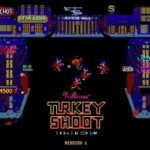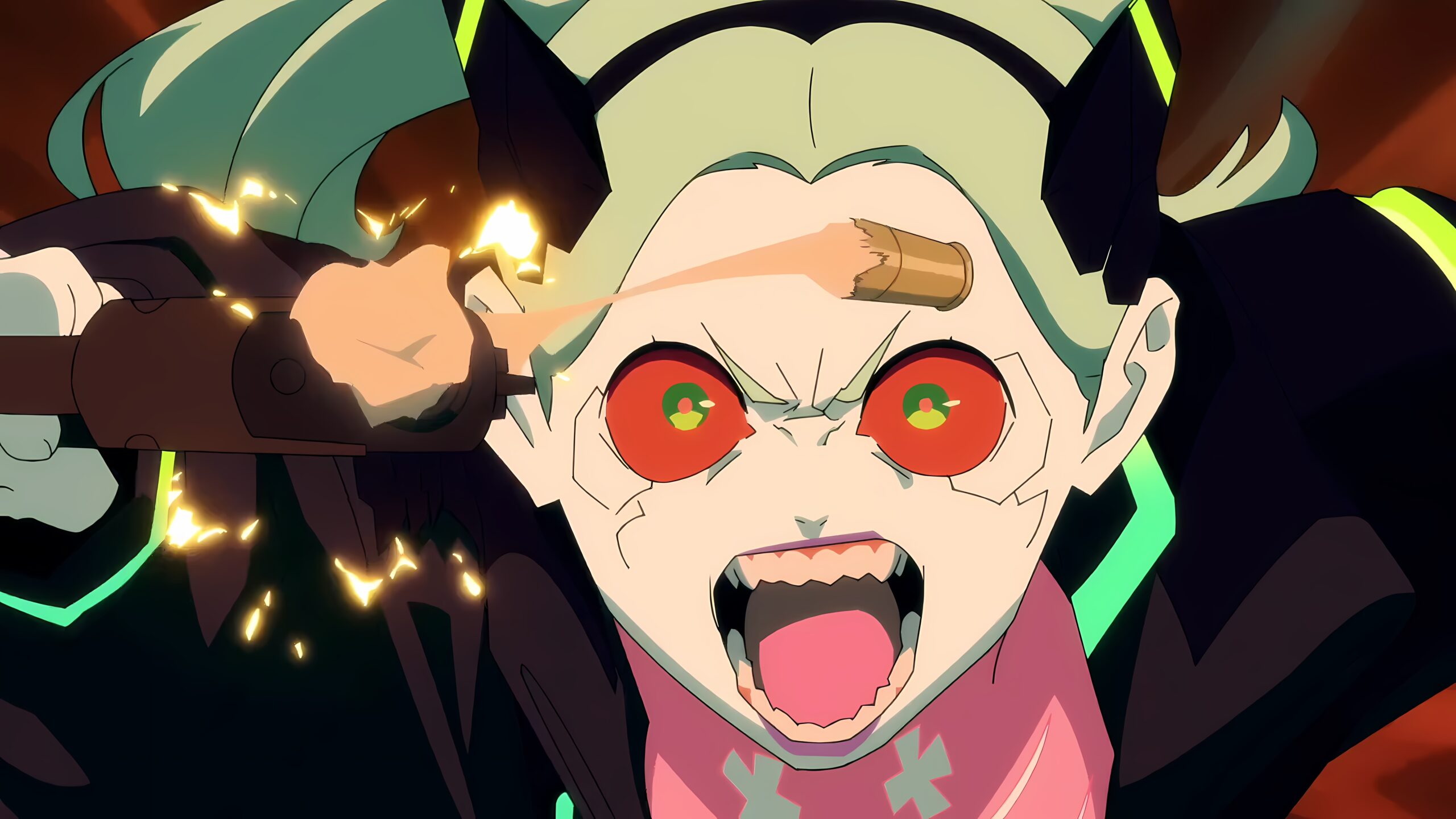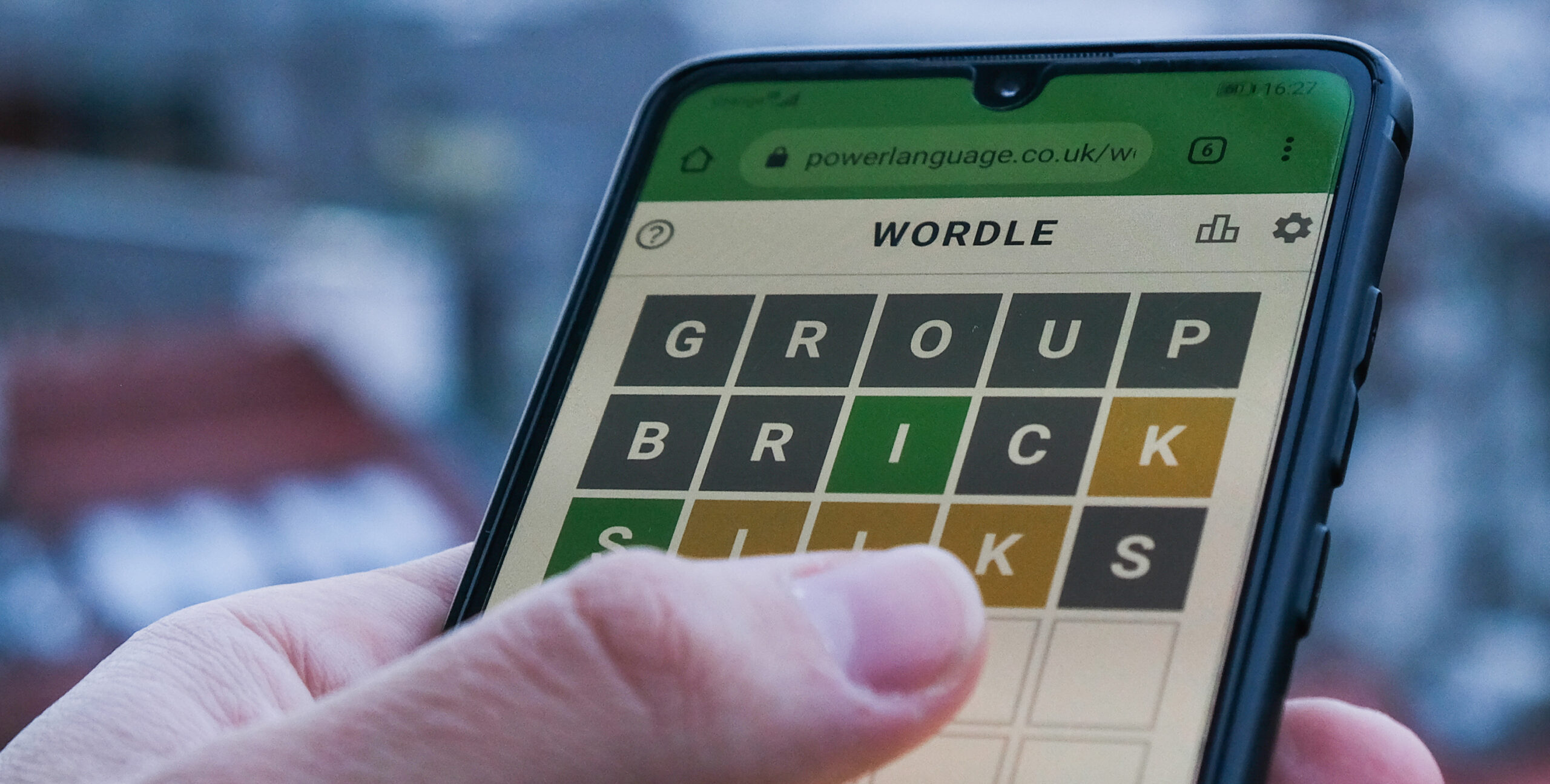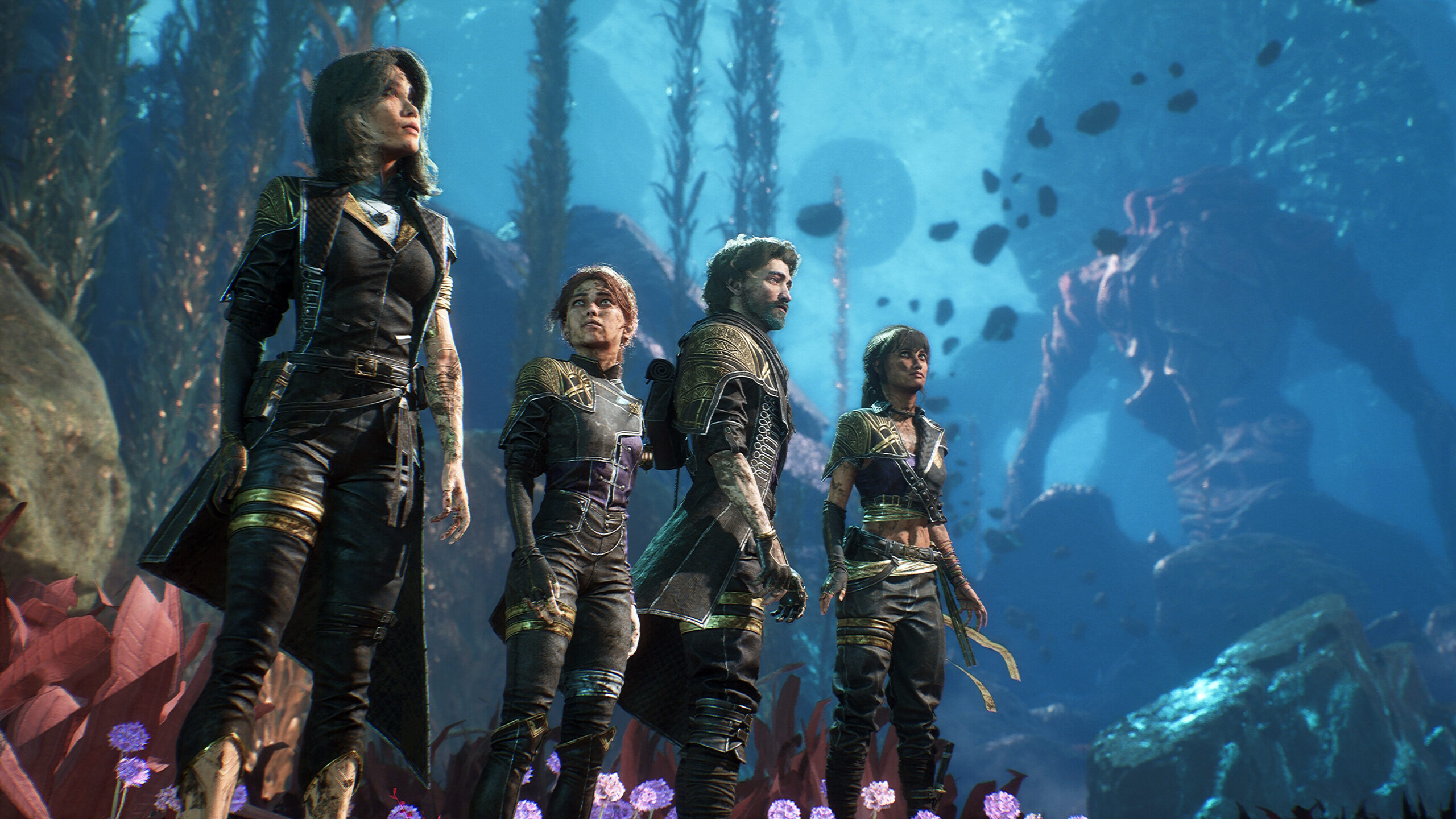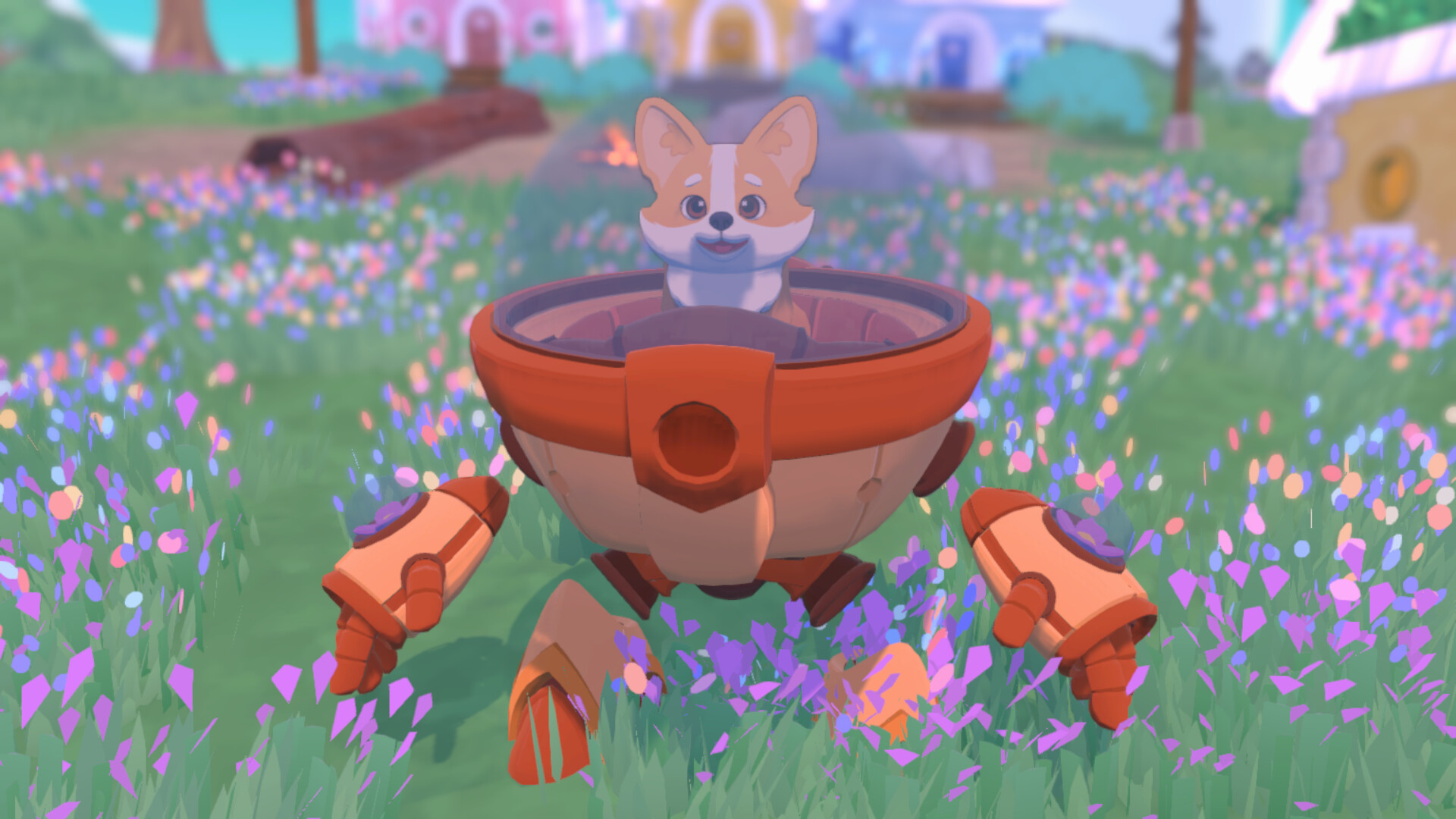Cyberpunk 2077’s 2.0 update changed so much about the game, it’d probably be quicker to list things it didn’t touch than the systems it tweaked or wholesale refinished. But the most impactful, I think, is the skill tree revamp, which changes how you build V and what you’re capable of. I only played about two hours of Cyberpunk in 2020, so when I really sunk my teeth into 2.0 I was shocked to look back at how the trees were designed before. There were still cool skills there, but without the more obvious build paths and synergies in 2.0. I asked CD Projekt Red how that change came about.
“After we discussed what improvements we wanted regarding perks in update 2.0, the team investigated progression systems of various games, including Dying Light, Borderlands, and even Dota 2,” gameplay design lead Karol Matyasik said in an interview with PC Gamer. Those are popular games, and I can see why Dying Light and Borderlands 2, especially, would be useful reference points for Cyberpunk 2.0. But what Matyasik said next really makes sense when you look at how CD Projekt changed things up.
“When it comes to the structure of 2.0 perks, I think the old school design of Diablo 2 skill trees, with their clear paths and progressively more powerful (and fun!) abilities, is what we often referred to in our discussions.”
The 2.0 trees are filled with meaningful choices, and tons of new abilities that encourage experimentation and specialization—climbing a couple trees to the top can really make you feel like an elite hacker or enhanced-to-the-gills militech cyberpsycho. I particularly like how some moves that can really change your playstyle are seemingly minor offshoots of major nodes—I beelined for the monowire finisher in the Intelligence tree, for example, because I wanted to slice ‘n’ dice. Most of the perks on that tree are dedicated to hacking, but tying in the monowire really fit how I wanted to imagine my V.
(Image credit: CD Projekt Red)
“For individual perks, we always strived for the ability to role-play a certain character through abilities by looking for actions and defining who a ‘strong solo’ or ‘cyberninja’ is, for example,” Matyasik said. “For many combat abilities, Doom games were among my personal source of inspiration, thanks to their high-speed, relentless, visceral, push-forward combat.”
Even the Cyberpunk: Edgerunners anime served as a direct source of inspiration for the revamped skill trees. That’s pretty obvious if you pay any attention to the perk icons—one of the first perks on the Body tree is shotgun-toting Rebecca from Edgerunners. But I’m charmed by the references going deeper than just visual easter eggs—the top of the Technical Ability tree, for example, is now “Edgerunner,” a skill that lets you overload yourself with cyberware and enter a fury state, just like the anime’s protagonist. A good skill tree gives you cool abilities to play with and choices to make each step of the way—a great one does that while also making you feel like you’re bringing some kind of fantasy to life, and I think Cyberpunk’s 2.0 update finally got it there.

